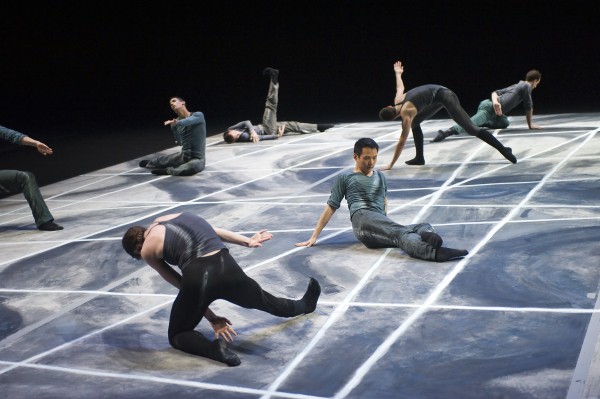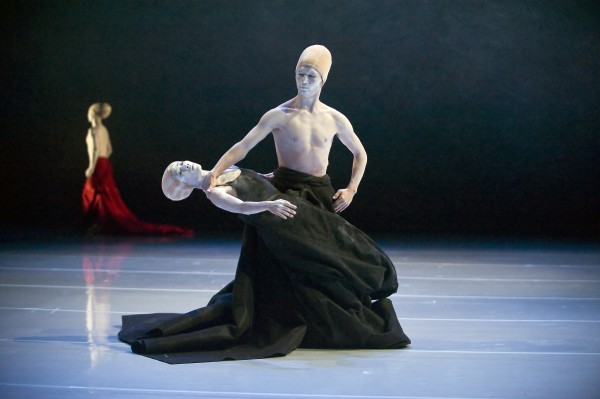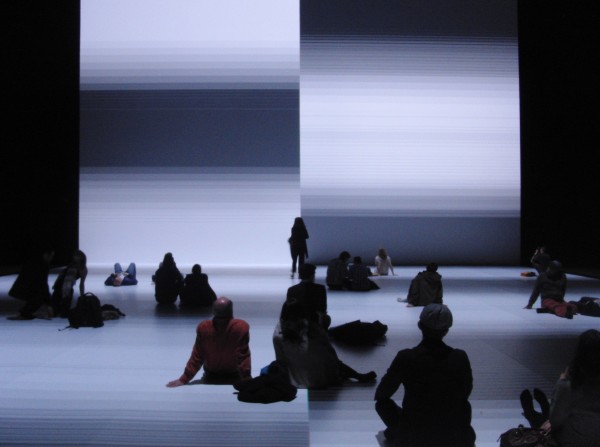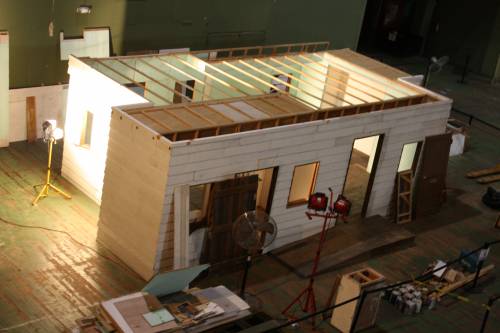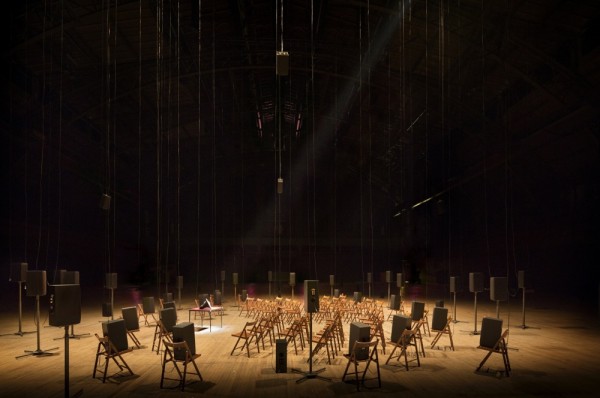
“The Murder of Crows” is an intriguing, involving immersive experience at the Park Ave. Armory (photo by James Ewing/Park Avenue Armory)
Park Avenue Armory
643 Park Ave. at 67th St.
Tuesday – Sunday through September 9, $12 (open Labor Day Monday)
212-933-5812
www.armoryonpark.org
www.cardiffmiller.com
“Close your eyes and try to sleep,” Canadian-born sound artist Janet Cardiff repeatedly sings in a lullaby that is part of “The Murder of Crows,” a beautifully immersive installation continuing at the Park Ave. Armory through September 9. “Dreams will come / And when they’re done / It won’t be long / Until the dawn,” she adds. Closing one’s eyes and waiting for the coming of the proverbial dawn is the best way to experience “The Murder of Crows,” which was originally commissioned for the 2008 Biennale of Sydney. A collaboration between Cardiff — whose wonderful installation “The Forty Part Motet” can be seen at P.S. 1 in Queens through September 4 — and her husband, George Bures Miller, the thirty-minute “sound play” features ninety-eight speakers, fifty-five chairs, twenty-one amplifiers, and a gramophone horn on a lone desk. It was inspired by Goya’s late-eighteenth-century print “The Sleep of Reason Produces Monsters,” number forty-three of eighty works that make up “Los Caprichos,” a series that was critical of Spanish society. In the print, Goya buries his head in his arms on a table, surrounded by bats and owls, as if his nightmares are coming to life. In “The Murder of Crows” — the title refers to the collective noun used for a group of crows, intelligent, opportunistic birds that do so many things together, including mourning — Cardiff recounts several disturbing dreams, speaking through the gramophone horn, with sound effects, a traditional Tibetan prayer chant, and orchestral compositions arranged by Tilman Ritter and performed by Deutsches Film Orchester Babelsberg emanating from the speakers, which reside on chairs, hang at different heights from the ceiling, and are set on stands surrounding the chairs. “The Murder of Crows” touches on such issues as racism, globalization, war, and loss in evocative narrative fragments, including a surprising dose of unexpected humor, that create visual landscapes despite being a sound-based project. Visitors can enter the expansive Wade Thompson Drill Hall at any time during the piece and stay as long as they’d like, letting the dreamlike sounds wash over them as they remain in their seats or wander around the speakers, each one emitting something different. “The Murder of Crows” is yet another fascinating production at the armory, which has quickly become one of New York City’s most exciting venues for inventive, often cutting-edge art, dance, film, and music programming.
